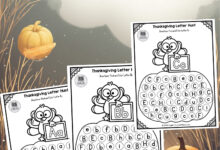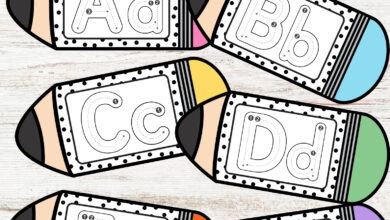Santa Letter Recognition

Learning about words and letters for preschoolers is a novel thing. It’s a time when they’re learning so many new things in the world, and this is a direct entry into learning about the world at large – the names of things and people around them can only begin when they know how to read letters and words.
There are so many ways to do this, apart from learning it when you go to preschool. Using flashcards of pictures with words and letters is one way to do this. Tracing is another fun way to learn how to write it – using different crayons if need be!
Letter recognition refers to the ability to identify individual letters of the alphabet. It is an essential skill for children to develop as it is the foundation for learning to read and write. Children who have strong letter recognition skills are able to identify letters quickly and easily, which helps them learn new words and increases their reading fluency.
Children typically start to learn letter recognition in preschool and continue to develop this skill throughout their early years of school. It’s also important to encourage children to practice writing letters, as this can help to strengthen their letter recognition skills.
Identifying letters is an important skill for children to develop because it forms the foundation for learning to read and write. When children are able to recognise letters, they are able to start connecting them with the sounds they make, and this is essential for reading and spelling.
Most children begin to show an interest in letters and begin to recognise them around the age of 2 or 3. However, the age at which a child starts to recognise letters can vary widely. Some children may start recognising letters as early as 18 months, while others may not show an interest in letter sound recognition until they are 4 or 5 years old.By the age of 3 or 4, for most children in kindergarten, letter recognition would have started, and by 5 or 6, they should have a good understanding of the alphabet and be able to recognise most letters.It’s important to note that every child develops at their own pace and that recognising letters is just one step in the process of learning to read.
Children will continue to develop their reading skills as they get older, and it’s important to keep in mind that some children may take longer to develop these skills than others.It’s important to create a reading-conducive environment and expose them to different forms of written language, like books, signs, posters, etc. and make sure to be patient and encouraging. Remember that all children will learn at their own pace, and with the right support, they will all develop the skills they need to become successful readers.
It’s also important to teach the child the difference between capital and lowercase letters, as in reading capital letters are used at the beginning of sentences and for proper nouns.
Another important point, when teaching the letters is the sound association, showing how the letter sounds and its sound association to the child will facilitate reading and spelling.It’s also a good idea to present the letters in different forms and contexts, like in words, names, sentences, etc. This can make learning more interesting and engaging for the child and also can help them to understand the real-world uses of letters.
Samples From the Worksheet


Before a child begins learning letters, it’s important that they have some basic skills in place that will help them to be successful.








